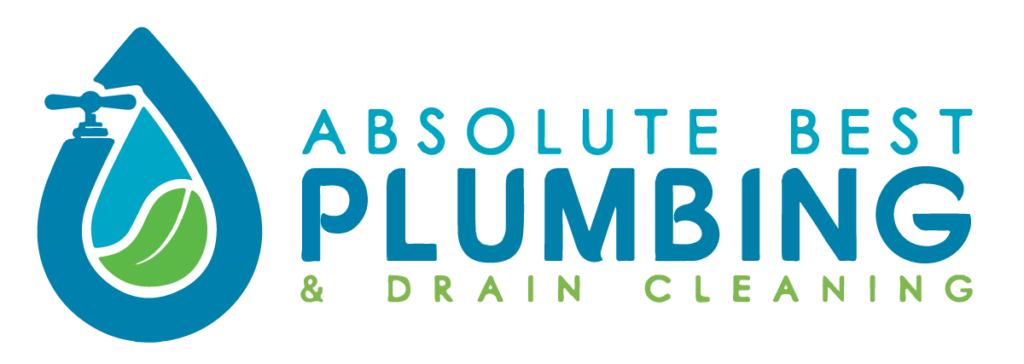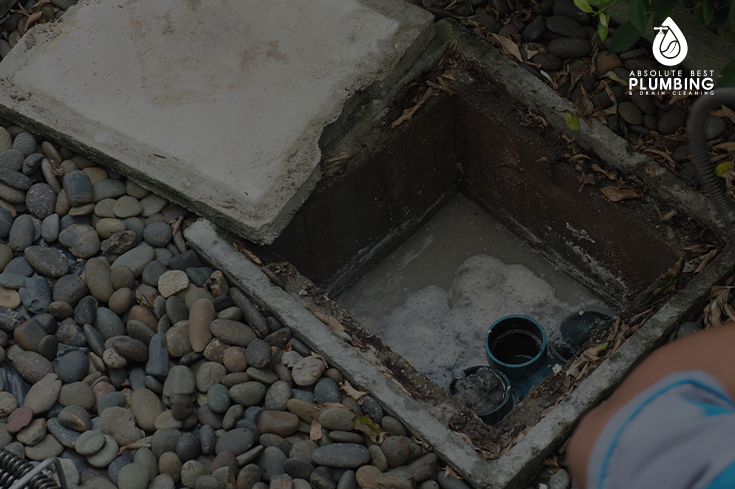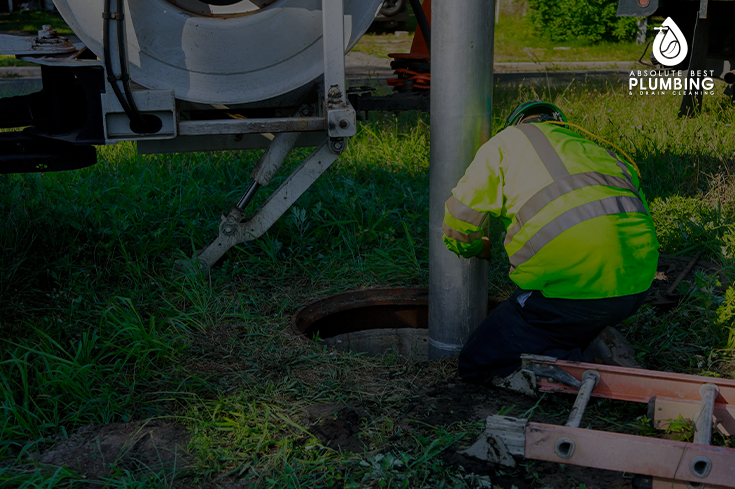
Drain Field Installation & Repair
Absolute Best Plumbing is Central Florida’s leading provider of drain field repair and installation services for residential and commercial properties. Drain fields, also known as leach fields or septic fields, are essential components of septic systems, responsible for filtering and dispersing wastewater safely into the soil. When a drain field fails, it can cause unpleasant odors, slow drainage, and even sewage backups. At Absolute Best Plumbing, we are committed to diagnosing and resolving your drain field issues efficiently, restoring proper function to your septic system and protecting your property from water damage and contamination.
Our licensed and experienced technicians use advanced diagnostic tools and techniques to identify the source of drain field issues accurately, ensuring that we provide the most effective solution. Whether you need a simple repair or a complete drain field replacement, Absolute Best Plumbing is here to help.
Understanding the Function of a Drain Field
A drain field is a critical part of a septic system, designed to handle and treat wastewater from homes and commercial buildings. After solid waste settles in the septic tank, the remaining liquid wastewater, or effluent, flows into the drain field. Here’s how the drain field operates:
- Effluent Distribution: Wastewater from the septic tank enters a network of perforated pipes in the drain field.
- Soil Filtration: As wastewater seeps through the pipe openings and into the surrounding soil, the soil acts as a natural filter, removing contaminants and pathogens.
- Soil Absorption: The treated water is absorbed by the soil and ultimately reenters the groundwater system.
A properly functioning drain field is essential for the health of the overall septic system. When a drain field fails, untreated wastewater can rise to the surface, leading to environmental hazards and health risks for residents.
For more on the importance of drain fields and septic systems, visit the Environmental Protection Agency (EPA) guide on septic systems.
Signs of a Failing Drain Field
Recognizing the signs of drain field failure early can prevent further damage and costly repairs. If you notice any of the following symptoms, it may be time to schedule an inspection:
- Slow Drainage in Household Fixtures: When multiple drains, such as sinks, toilets, and showers, are draining slowly, it could be a sign that the drain field is struggling to handle wastewater.
- Sewage Odors in the Yard: Foul smells in your yard, particularly near the drain field, may indicate that wastewater is surfacing.
- Pooling Water or Wet Spots: Persistent wet spots in the yard, especially around the drain field, suggest that the soil is saturated and unable to absorb wastewater effectively.
- Lush Green Grass Over the Drain Field: While it may seem positive, overly green patches of grass over the drain field could signal a problem, as it indicates that excess nutrients from wastewater are rising to the surface.
If you notice any of these signs, contact a professional plumbing company like Absolute Best Plumbing to inspect and assess the health of your drain field.
For more information on identifying drain field problems, refer to the Centers for Disease Control and Prevention (CDC) septic system maintenance tips.
Common Causes of Drain Field Issues
Understanding the causes of drain field problems can help you maintain a healthy septic system and prevent future issues. Some of the most common reasons for drain field failure include:
- Excessive Water Usage: Drain fields are designed to handle a specific amount of wastewater. High water usage, such as multiple loads of laundry in one day or frequent long showers, can overload the system and lead to drain field saturation.
- Clogged or Blocked Pipes: Grease, solid waste, and foreign objects can clog the pipes leading to the drain field, causing backups and preventing wastewater from flowing smoothly.
- Bacterial Mat Formation: A bacterial mat, or biomat, can form on the trench walls of the drain field when wastewater is not adequately absorbed. This mat prevents water from seeping into the soil, resulting in pooling and saturation.
- Tree Root Intrusion: Tree roots naturally seek out water sources and can invade the pipes in the drain field, causing blockages and even pipe ruptures.
- Improper Installation or Design: Poorly designed or installed drain fields may lack adequate slope or proper soil absorption capacity, which can lead to long-term performance issues.
For additional tips on preventing drain field problems, consult the American Society of Plumbing Engineers (ASPE) resource on septic maintenance.
Drain Field Repair Services
When a drain field issue arises, Absolute Best Plumbing offers comprehensive repair services to restore your septic system to full functionality. Our repair process includes the following steps:
1. Initial Inspection and Diagnosis
Our technicians begin with a thorough inspection to assess the condition of the drain field. Using advanced diagnostic tools, such as high-definition cameras, we locate blockages, cracks, or other issues that may be affecting the drain field’s performance.
2. Removing Blockages and Clearing Pipes
If the issue is due to a clog in the pipes, our technicians use hydro jetting or other specialized tools to remove the blockage. Hydro jetting involves using high-pressure water to blast away obstructions, clearing pipes and allowing wastewater to flow freely.
3. Repairing or Replacing Damaged Components
In cases where tree roots, corrosion, or physical damage has compromised the drain field pipes, our team repairs or replaces the affected sections to restore the flow of wastewater.
4. Bacterial Mat Treatment
If a bacterial mat is preventing absorption, we can treat the affected area to break down the mat, allowing the soil to resume its natural filtration process.
For more on advanced drain field repair techniques, see the National Environmental Services Center (NESC) septic and drain field repair guide.
Drain Field Installation and Replacement
In situations where a drain field is beyond repair, a replacement may be necessary. Absolute Best Plumbing offers professional drain field installation services, using industry-leading practices to ensure that your new system functions efficiently and lasts for years to come.
When a New Drain Field is Needed
A complete drain field replacement may be required if:
- The existing field is saturated and unable to absorb wastewater.
- Soil conditions have changed, making it difficult for the current field to perform adequately.
- There has been significant structural damage, such as collapsed pipes or extensive tree root intrusion.
The Installation Process
- Soil and Site Evaluation: Before installation, our technicians evaluate the soil’s absorption rate and determine the best location for the new drain field.
- Design and Permits: Based on the site evaluation, we design a drain field that meets your property’s needs and complies with local codes. We handle the permitting process to ensure your system is up to code.
- Excavation and Installation: Our team excavates the designated area and installs the new drain field, including a network of perforated pipes surrounded by gravel to ensure proper distribution and absorption.
- System Testing and Final Inspection: After installation, we conduct a series of tests to ensure the system is functioning correctly and is ready for use.
A properly installed drain field can last for decades with routine maintenance, ensuring that your property remains safe and free from wastewater contamination.
For more on drain field installation standards, see the National Onsite Wastewater Recycling Association (NOWRA) installation guidelines.
Preventing Future Drain Field Issues
While repairs and replacements are sometimes unavoidable, there are steps homeowners and property managers can take to protect their drain fields and avoid future issues:
- Practice Water Conservation: Limiting water usage by spreading out laundry loads, fixing leaks, and installing water-saving fixtures can reduce the load on your drain field.
- Regular Pumping and Inspections: Scheduling regular septic tank pumping and professional inspections every 3 to 5 years helps prevent drain field overload and allows early detection of issues.
- Dispose of Waste Properly: Avoid flushing non-biodegradable items, grease, or chemicals down the drain, as these substances can clog pipes and harm the septic system.
- Landscape Carefully: Avoid planting trees or shrubs near the drain field to prevent root intrusion, and ensure that landscaping is compatible with septic system function.
For more information on septic and drain field maintenance, visit the Environmental Protection Agency (EPA) septic maintenance guide.
Why Choose Absolute Best Plumbing for Drain Field Services?
Absolute Best Plumbing is dedicated to providing reliable, high-quality drain field repair and installation services for Central Florida residents and businesses. Here’s why clients trust us with their septic needs:
- Experienced Technicians: Our licensed technicians have years of experience and specialized training in drain field diagnostics, repair, and installation.
- Advanced Diagnostic Tools: We use state-of-the-art equipment, including video cameras and hydro jetting, to identify and resolve drain field issues quickly and accurately.
- Customer-Centric Approach: We prioritize clear communication, transparent pricing, and fast service to minimize disruption and keep our clients informed.
- Eco-Friendly Practices: Our environmentally responsible methods help protect your property and surrounding ecosystems from contamination.
For more on our commitment to quality service, check out the Better Business Bureau (BBB) ratings and reviews.
FAQs About Drain Field Repair and Installation
How often should a drain field be inspected?
We recommend having your drain field inspected every 3 to 5 years, depending on water usage and household size, to ensure it remains in good condition.Can a clogged drain field be fixed without replacement?
Yes, in many cases, clogs can be cleared with hydro jetting or other techniques. Our technicians will assess the field’s condition and recommend the best course of action.How long does a drain field last?
With proper care, a well-maintained drain field can last between 20 and 30 years or longer.Is a permit required to replace a drain field?
Yes, in most areas, replacing a drain field requires a permit. Absolute Best Plumbing handles the permitting process to ensure compliance with local regulations.What causes drain fields to fail?
Drain fields can fail due to excessive water usage, root intrusion, bacterial mat formation, and inadequate maintenance.How much does it cost to replace a drain field?
The cost depends on factors such as the size of the field, soil conditions, and permitting requirements. We provide upfront estimates to help you understand the costs involved.
Absolute Best Plumbing is here to help with all of your drain field repair, installation, and maintenance needs. Contact us today to schedule a consultation and let our experts restore your septic system to optimal performance. We look forward to serving you!




